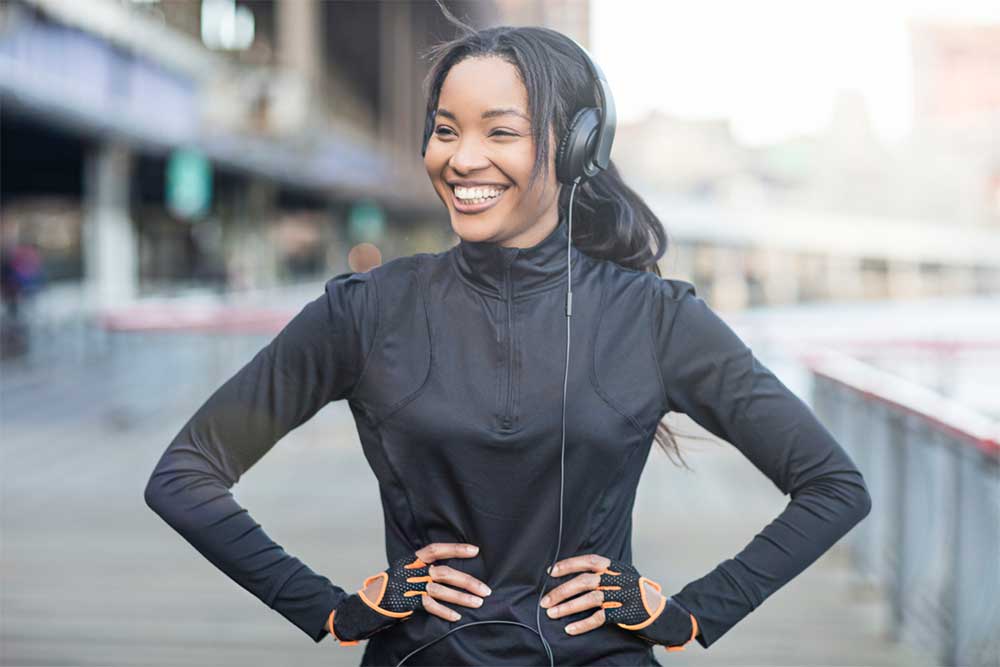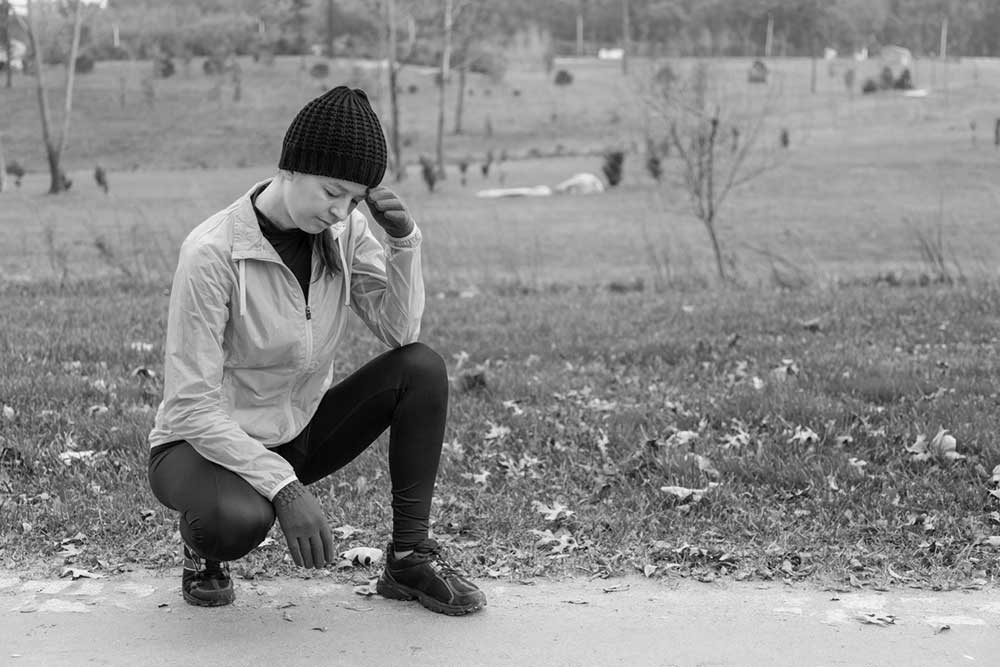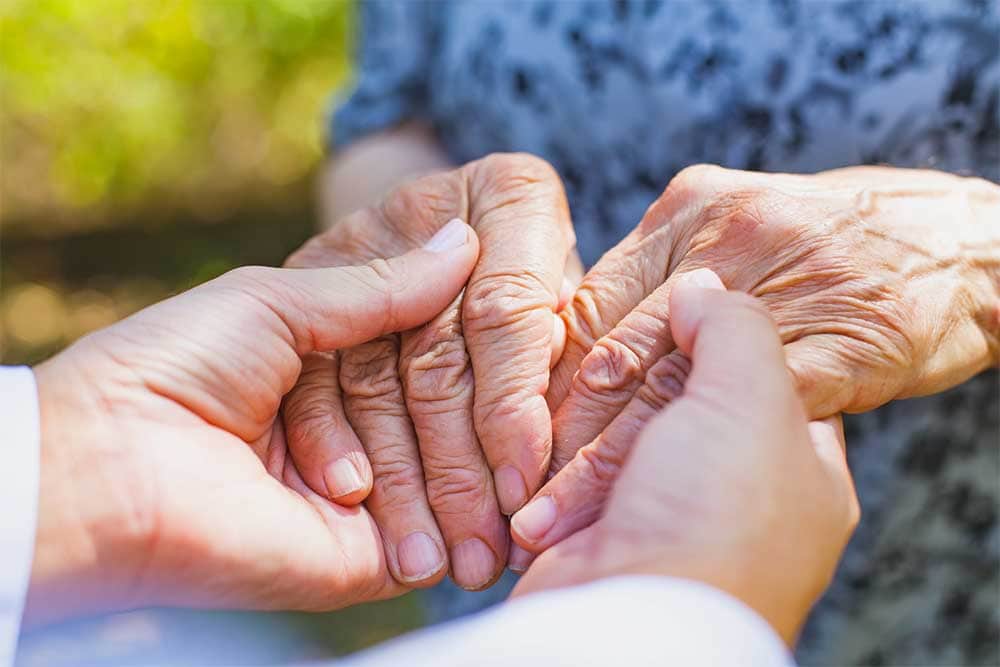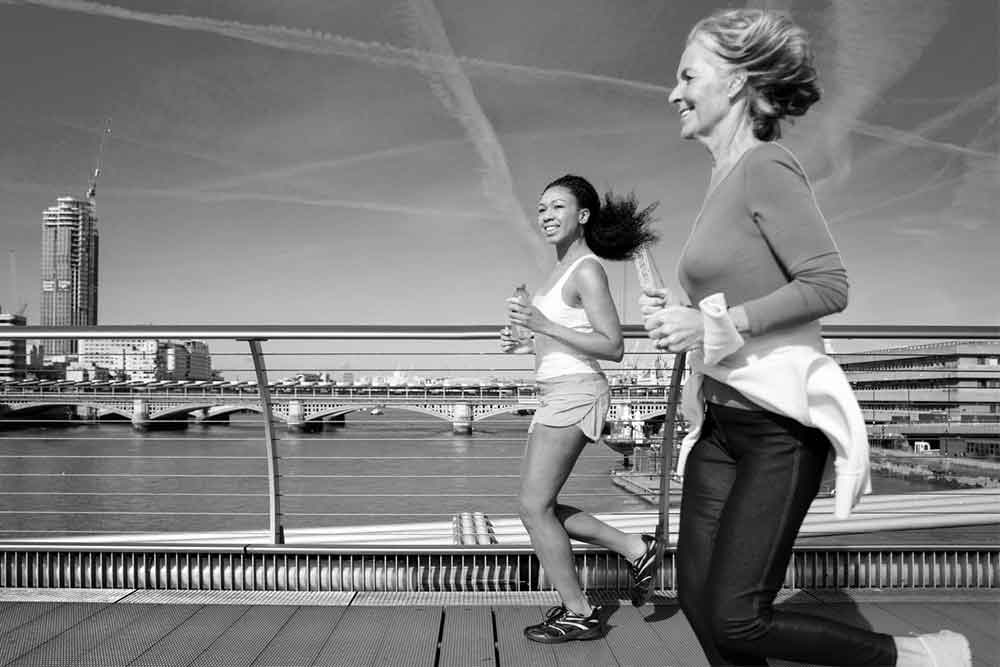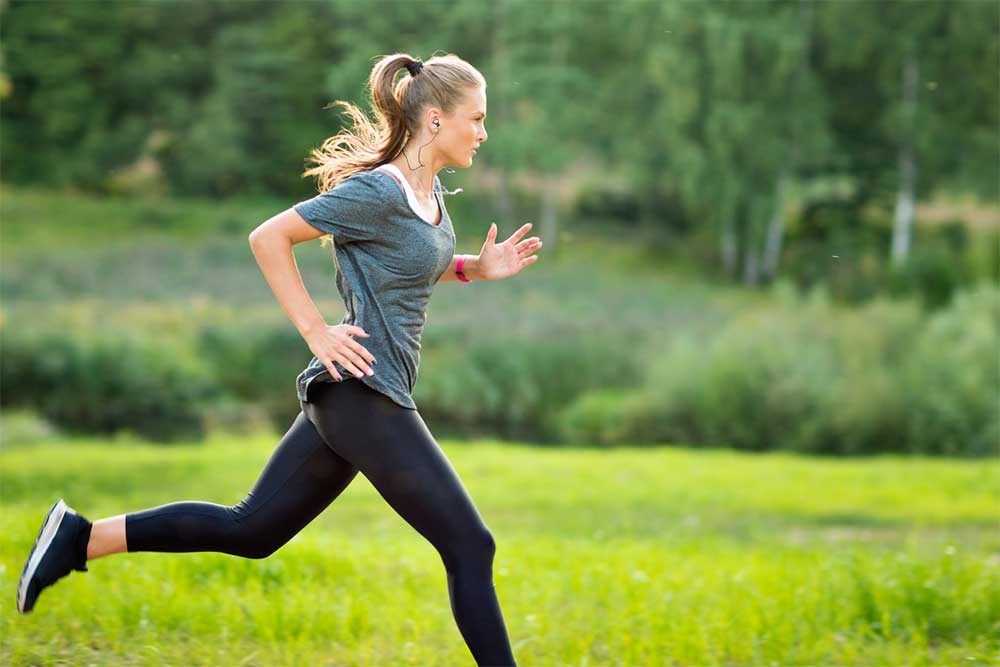Effects Of Outdoor Activity On Children With Autism
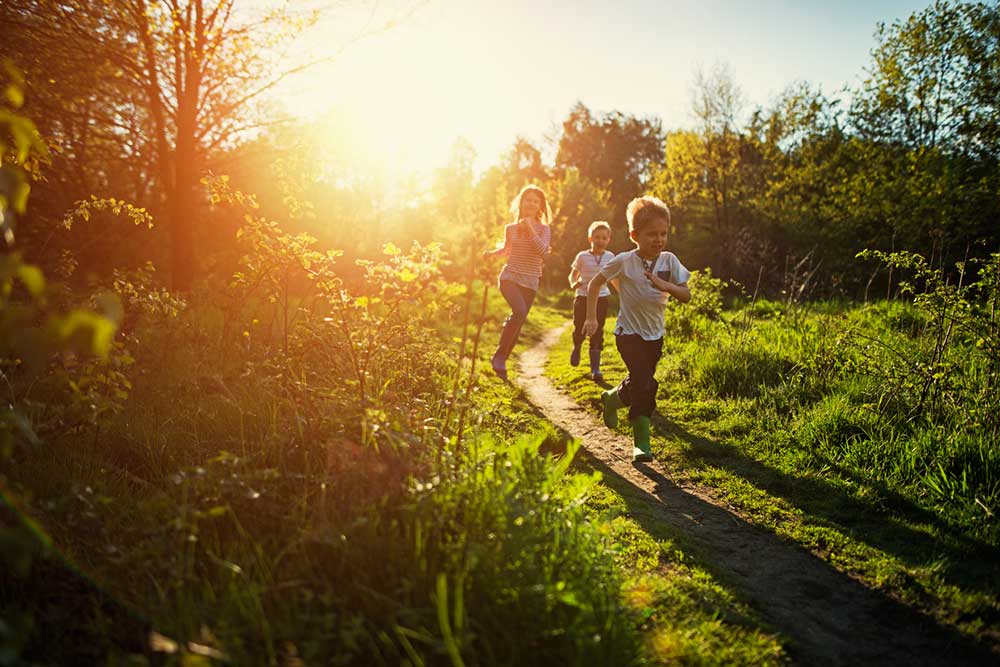
Catherine O’Brien
In previous articles, I have discussed the role of exercise in reducing stereotypical behaviors in children with autism. The research has shown that the intensity and duration of exercise are key variables in reducing stereotyped behaviors. Previous research on typically developing populations has examined the role of exercise environment on physiological and psychological outcomes. As such, I thought it appropriate to discuss similar research related to the ASD population. Research conducted by Zachor, Vardi, Baron-Eitan, Brodai-Meir, Ginossar and Ben-Itzchak examined the effectiveness of outdoor adventure programs for young children with autism spectrum disorder.
Related Article: Training Program For Autism
The Study
The aim of the present study was to examine the effectiveness of outdoor adventure activities on improving social interactions and communication in children with ASD.
Participants for the study were children, ages 3-7, who had been previously diagnosed with ASD. Participants were recruited from seven ASD special education kindergartens. Four of the seven kindergartens were randomly assigned to the outdoor adventure program while students in the other three were placed in a control group. Each of the classrooms adhered to the same educational protocols based on the appropriate behavioral and developmental principles.
Children were measured on the Social Responsiveness Scale (SRS), the Vineland Adaptive Behavior Scale (VABS) and the Teachers’ Perceived Future Abilities Questionnaire.
The SRS measures social abilities like social awareness, social motivation, social cognition, social communication and autistic mannerisms and higher scores indicate greater impairment.
The VABS is designed to measure adaptive behaviors across four key domains including communication, daily living skills, socialization, and motor skills. Finally, the Teachers’ Perceived Future Capabilities Questionnaire measures the “teachers’ perception of the changeability of her students with ASD and inquired into the teacher’s prediction of the students’ future socio-communication and learning skills (p. 551).
Participants and their teachers completed these measures prior to the intervention and then again post-intervention.
The Program
Classrooms assigned to the outdoor adventure condition participated in a 13-week program that met once a week. The sessions were approximately 30 minutes long and took place in a local park. The adventure sessions began with an opening song after which children moved through four activities/ stations.
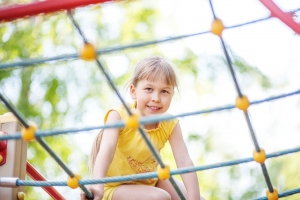 The activities were:
The activities were:
1. A two-way climbing rope ladder
2. A rope elevator
3. A rope bridge
4. A hammock and rope swing
A more detailed description of the activities and their purposes can be found in the chart below.
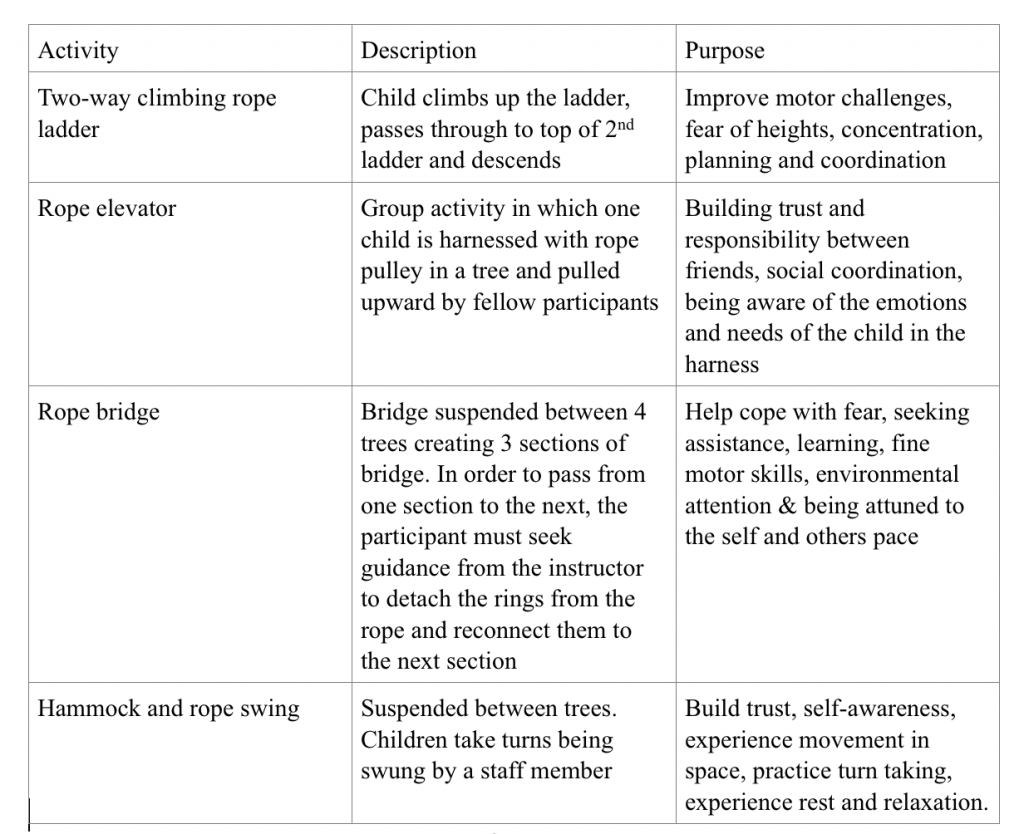
Finally, the session ended with a closing meeting in which participants were asked about their experience using prompts like “how was it?”, “What activities did you enjoy doing?”.
Children in both the outdoor and control groups were similar in age, cognitive ability and VABS scores (communication, daily living skills, socialization, and motor skills). The two groups were also similar in measures of social responsiveness at baseline.
Related Article: Exercise Helps Individuals With Autism
The Results
Their results revealed a statistically significant time x group interaction for the social responsiveness measure (SRS) in social cognition, social communication, social motivation and autistic mannerisms. While the outdoor adventure group showed a reduction in SRS standard scores over time, the control group showed an increase in SRS standard scores.
In this way, the control group actually experienced an increase in the autistic mannerisms domain of the SRS. Similarly, results showed a significant time x group interaction for the VABS subdomain scores. As a reminder, the VABS measures communication, daily living skills, socialization, and motor skills and higher scores suggest better functioning. The two subdomains that yielded significant results were communication and daily living skills. They found no change over time in the Teacher’s Perceived Future Capabilities questionnaire.
Was It Effective?
These results demonstrate that the outdoor adventure program was effective. The outdoor adventure group demonstrated a trajectory toward a reduction in ASD symptoms while the control group experienced the opposite trend.
Zachor et al.’s results are consistent with that of previous research which has found that, over time, symptoms of ASD can become more severe. As such, the seemingly protective effect of the outdoor adventure program is quite exciting. Improvement of social skills and reduction of symptoms are obvious very important goals to work toward, but staving off an increase in symptom severity is significant as well.
Takeaway
Activities that rely on communication, trust, and teamwork may set children with ASD on a path toward reduced symptoms. Additionally, ASD symptom severity can naturally increase over time, so engaging in these types of activities may have a protective element.
Thoughts for future research- The outdoor adventure program used in the present study focused on communication, motor coordination, social skills and teamwork. In this instance, it did not seem that the outdoor element had much of an effect or was taken into account in the analyses. I think it would be interesting to explore whether the outdoor environment (as opposed to a similar course presented indoors) had any effect on the improvement of ASD symptoms.
Related Article: Low Intensity, Short Workouts Benefit Individuals With ASD
You Might Like:
Reduce Cigarette Cravings with Acute Exercise
Catherine O’Brien It is no secret that smoking is a major health hazard that significantly increases risk of cancer, heart disease, stroke and other health problems. That said, 20% of adult men and 16% of...Effects of Outdoor Exercise
Catherine O’Brien Why Does Exercising Outdoors Feel So Much Better? I have always been a proponent of outdoor exercise, particularly running. There is something so satisfying and therapeutic about the fresh air and the sound...Music – Your HIIT Recovery Secret Weapon
Catherine O’Brien The effects of music on exercise experience is a common theme throughout my articles. I am always interested in the relationship between music and physical activity and how music can alter an exercise...Vestibular Migraines: Could Exercise Be The Answer?
Catherine O’Brien My last article highlighted the inverse relationship between headaches and VO2 max levels such that individuals who experienced headaches regularly had, on average, lower VO2 peaks than their control counterparts. Perhaps one of...Which Is Better For The Brain – Long Duration Or Short High Intensity Exercise?
Catherine O’Brien High intensity interval training (HIIT) is a form of exercise that utilizes “repeated bouts of short-to-moderate duration exercise at an intensity of 85-90% of peak oxygen uptake or 90-95% of peak heart rate...3 Strength Exercises For Individuals With Essential Tremor
Catherine O’Brien Essential tremor (ET) is a neurological disorder characterized by involuntary and rhythmic shaking. Typically, tremors occur in upper extremities such as the hands but tremors can exist in other body parts as well...References
Zachor, D.A., Vardi, S., Baron-Eitan, S., Brodai-Meir, I., Ginossar, N, and Ben-Itschak, E. (2016). The effectiveness of an outdoor adventure program for young children with autism spectrum disorder: a controlled study. Developmental Medicine and Child Neurology, 59: 550-556.



